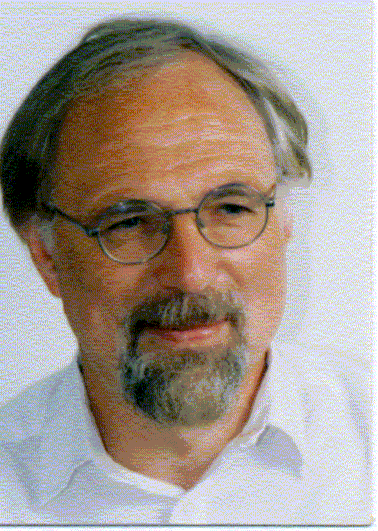|
Dr.rer. nat. habil. Wolfgang Doster |
| a
corrected Dec. 20 2022
Major scientific achievments of the Munich biodynamics neutron group pdf
101 reviewed publications, 6000 citations, 7600 reads according to Research Gate
Research Topics
1: Dynamical Transition in Proteins, Glass Transition and Picosecond Dynamics of Proteins
Structural fluctuations and low frequency vibrations of proteins (breathing modes) are analysed using dynamic neutron and light scattering in comparison with MD-simulations. We discriminate between intramolecular and surface-coupled dynamics. The concept of a protein dynamical transition controlled by the glass transition of the hydration shell was originally developed in my group as an explanation of the anharmonic increase in the the molecular displacements seen by Moessbauer spectroscopy and neutron scattering: Doster et al. Biophys.J (1986), Doster et al., Nature (1989), Doster et al. Phys. Rev. Lett. (1990).2: Light-induced reactions: kinetics of ligand binding to heme proteins, effects of solvent viscosity and pressure
we investigate the effect of viscosity and preferential hydration on elementary steps in the kinetics of ligand binding to heme proteins. We have established the validity of Kramers law of activated escape for protein reactions in viscous solvents (Kleinert et al. Biochem. 37 717 (1998). We are also interested in the energetics of biomolecular reactions. We have built a new kind of time-resolving calorimeter based on optical interferometry.3: Stability of proteins and complexes at high pressure
Pressure is a sensitive tool to tune biomolecular interactions. We study association-dissociation reactions of biomolecular complexes using dynamic light scattering, FTIR-spectroscopy and neutron scattering. The basic questions concerning protein stability are relevant to various problems in medicine and in the food industry.4. New Applications of Dynamic Neutron Scattering to Problems of Molecular Biology
We develop a new method (called Elastic Resolution Spectroscopy) to study small biological samples. We are further interested in protein diffusion in crowded media and inside living cells using Neutron Spin Echo Spectroscopy.|
|
